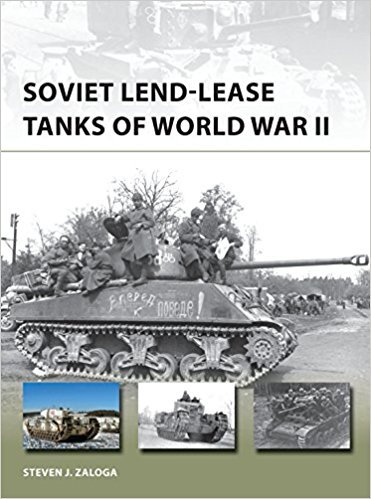
On this day October 30th day in 1941, President Roosevelt, determined to keep the United States out of the war while helping those allies already mired in it, approves $1 billion in Lend-Lease loans to the Soviet Union. The terms: no interest and repayment did not have to start until five years after the war was over.
The Lend-Lease program was devised by President Roosevelt and passed by Congress on March 11, 1941. Originally, it was meant to aid Great Britain in its war effort against the Germans by giving the chief executive the power to “sell, transfer title to, exchange, lease, lend, or otherwise dispose of” any military resources the president deemed ultimately in the interest of the defense of the United States. The reasoning was: If a neighbor was successful in defending his home, the security of your home was enhanced.

Although the Soviet Union had already been the recipient of American military weapons, and now had been promised $1 billion in financial aid, formal approval to extend the Lend-Lease program to the USSR had to be given by Congress. Anticommunist feeling meant much heated debate, but Congress finally gave its approval to the extension on November 7.
By the end of the war, more than $50 billion in funds, weapons, aircraft, and ships had been distributed to 44 countries. After the war, the Lend-Lease program morphed into the Marshall Plan, which allocated funds for the revitalization of “friendly” democratic nations—even if they were former enemies.

BOOK SUMMARY: Russia’s Life-Saver: Lend-Lease Aid to the U.S.S.R. in World War II
‘The United States is a country of machines. Without the use of these machines through Lend-Lease, we would lose this war.’ ―Josef Stalin (1943), quoted in W. Averell Harriman and Elie Abel, Special Envoy to Churchill and Stalin, 1941-1946, Random House, N.Y., 1975, p. 277 The United States shipped more than $12 billion in Lend-Lease aid to Stalin’s Russia during World War II.
Materials lent, beginning in late 1941 before the Japanese attack on Pearl Harbor, included airplanes and tanks, locomotives and rails, construction materials, entire military production assembly lines, food and clothing, aviation fuel, and much else. Lend-Lease is now recognized by post-Soviet Russian historians as essential to the Soviet war effort.
Wielding many facts and statistics never before published in the U.S., author Albert L.
Weeks keenly analyzes the diplomatic rationale for and results of this assistance. Russia’s Life-Saver is a brilliant contribution to the study of U.S.-Soviet relations and its role in World War II.
ATTENTION READERS
We See The World From All Sides and Want YOU To Be Fully InformedIn fact, intentional disinformation is a disgraceful scourge in media today. So to assuage any possible errant incorrect information posted herein, we strongly encourage you to seek corroboration from other non-VT sources before forming an educated opinion.
About VT - Policies & Disclosures - Comment Policy



